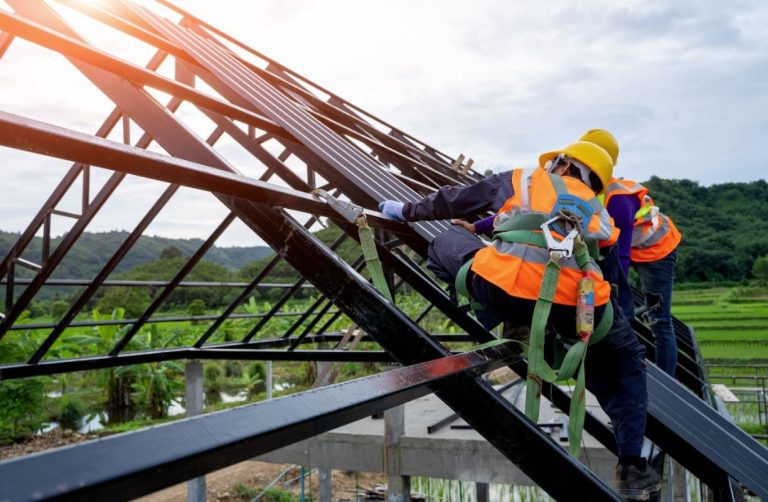Glasgow Caledonian University research finds rise in suicide rate for construction workers and labourers The data also shows no change in historical ratios, with people in the construction industry three times more likely to take their own life than those working outside it The results will inform a new dashboard for policy makers aimed at making sure mental health initiatives reach the right people in the industry Initiatives aimed at protecting the mental health of construction workers may not be getting to those who need them, leading to an increased risk of suicide, researchers at Glasgow Caledonian University have warned. The new findings come after academics at the University’s Research Centre for Built Environment Asset Management (BEAM) Centre helped develop a ‘dashboard’ of wellbeing for the industry, commissioned by construction mental-health charity, the Lighthouse Club. The dashboard will be an interactive database, bringing together in one place measurable data in the public domain on construction safety, health and wellbeing. This will be updated yearly, allowing industry organisations, policy makers and researchers to view trends via graphs generated by the data, as well as use it to track progress of industry initiatives, inform decision making and undertake further analysis using the source data. The work involved bringing data together on suicides – seen as the ‘acid test’ as to whether mental-health initiatives are working – for the period immediately before and subsequently after the UK Government Independent Review on mental health ‘Thriving at work’ in 2017. Analysis of suicides by occupation, conducted by Professor Billy Hare, who is leading the study, demonstrated that the number per 100,000 for construction workers rose from 26 to 29 in the four years to 2019, despite various initiatives and thousands of awareness training sessions put in place since publication of the Government report in 2017. The data also shows no change in historical ratios, with people in the construction industry three times more likely to take their own life than those working outside it. There also appears to be some variation between certain occupational groups within the industry. Those working in non-manual occupations, such as managers and professionals, have lower rates, which have also seen an overall drop in rate from just under 7 in 2015, to just under 5 per 100,000 in 2019. Conversely, unskilled workers, such as labourers, have seen their rate rise year on year from 48 to just over 73 suicides per 100,000. Professor Hare said: “This occupational group is usually higher than average for suicides, but the sharp rise and widening gap over the period analysed, in contrast to their non-manual colleagues, is concerning and may indicate recent initiatives are not reaching these more vulnerable sectors of the industry. “Unskilled workers tend to fall into the lowest socio-economic classes, which are associated with lower life expectancy in general, and tend to display the classic characteristics linked to poor mental health, such as alcohol and substance abuse, financial and relationship problems and suffer multiple stressful life events.” Professor Hare cautioned, however, that these are just preliminary findings and more robust data needs to be obtained so that factors such as age can be controlled for. Usable data was only available for England and Wales, and the team are hoping to also add those for Scotland and Northern Ireland in due course. Meanwhile, researchers led by Professor Hare are also undertaking a review of construction-specific factors around suicide, funded by the Samaritans. This research will inform the charity’s development of intervention strategies to reduce the high rates seen in the construction industry.











